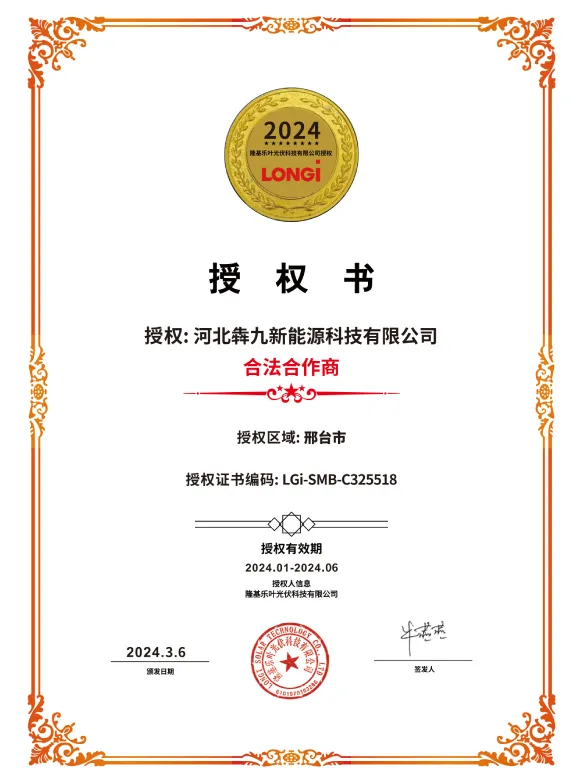Comparing Solar Panels of Various Sizes for Optimal Energy Efficiency and Installation Options
Understanding Different Sizes of Solar Panels A Comprehensive Guide
As the world shifts towards renewable energy sources, solar power has become one of the leading alternatives in the quest for sustainability. Solar panels, which convert sunlight into electricity, come in different sizes and types, catering to various needs and applications. Understanding the different sizes of solar panels can help consumers make informed decisions when installing solar energy systems, whether for residential, commercial, or industrial use.
The Basics Types of Solar Panels
Before diving into the specifics of solar panel sizes, it is essential to grasp the three main types of solar panels available in the market today
1. Monocrystalline Solar Panels Known for their efficiency and longevity, monocrystalline panels are made from a single crystal structure. They tend to have higher power outputs and occupy less space compared to other types. The standard sizes typically range from 60-cell panels (about 1.6 meters x 1 meter) to 72-cell panels (about 2 meters x 1 meter) which produce more electricity.
2. Polycrystalline Solar Panels These panels are constructed using multiple crystal structures, which makes them less efficient than monocrystalline panels but more affordable to produce. Polycrystalline panels usually come in similar sizes as their monocrystalline counterparts, with the same 60-cell and 72-cell configurations being the most common.
3. Thin-Film Solar Panels Made from a variety of materials, including cadmium telluride and amorphous silicon, thin-film panels tend to be lighter and more flexible. However, they are generally less efficient and require more space to produce the same amount of energy as crystalline panels. Sizes can vary significantly, and they are often used in applications where light weight is a priority, such as on roofs with limited structural support.
Standard Sizes and Their Applications
The size of a solar panel greatly influences its usage and application. Standard residential solar panels typically measure around 65-67 inches in height and 39-41 inches in width for 60-cell panels. In contrast, commercial installations often utilize larger 72-cell panels, which can measure around 77 inches by 39 inches.
different size solar panels

The number of panels needed for a solar system largely depends on the energy demands of the household or business, the output of each panel, and local solar radiation levels. For instance, a typical home installation may require between 15 to 30 panels to meet its energy needs, while larger commercial systems can utilize hundreds of panels.
Factors Influencing Panel Size Selection
When selecting the appropriate size for solar panels, several factors should be considered
1. Available Space The area on which the panels will be installed is critical. Limited roof space may necessitate the use of more efficient monocrystalline panels, whereas larger areas can accommodate bulkier polycrystalline or thin-film panels.
2. Energy Consumption Understanding the electricity needs of a household or business can guide the selection. A higher energy demand may require more panels, thus necessitating a careful calculation of total output.
3. Budget While larger panels may produce more electricity, they can also be more expensive. Finding a balance between cost and efficiency based on individual needs is crucial.
4. Aesthetic Considerations Some individuals may prefer the appearance of certain panel sizes and types over others. If the installation location is visible, aesthetics may play a role in selecting panel sizes.
Conclusion
In conclusion, understanding the different sizes of solar panels is essential for homeowners, businesses, and installers looking to harness solar energy effectively. With the diversity in types and sizes available, there is a solar panel solution for almost every application. By considering factors such as available space, energy needs, budget, and aesthetics, consumers can make informed choices that align with their sustainability goals. Investing in solar power not only contributes to a cleaner environment but also offers long-term economic benefits, making it an attractive option in today's energy landscape. As technology advances and production costs continue to decrease, solar energy will remain a pivotal player in the transition towards a more sustainable future.
-
Unlocking Energy Freedom with the Off Grid Solar InverterNewsJun.06,2025
-
Unlock More Solar Power with a High-Efficiency Bifacial Solar PanelNewsJun.06,2025
-
Power Your Future with High-Efficiency Monocrystalline Solar PanelsNewsJun.06,2025
-
Next-Gen Solar Power Starts with Micro Solar InvertersNewsJun.06,2025
-
Harnessing Peak Efficiency with the On Grid Solar InverterNewsJun.06,2025
-
Discover Unmatched Efficiency with the Latest String Solar InverterNewsJun.06,2025







